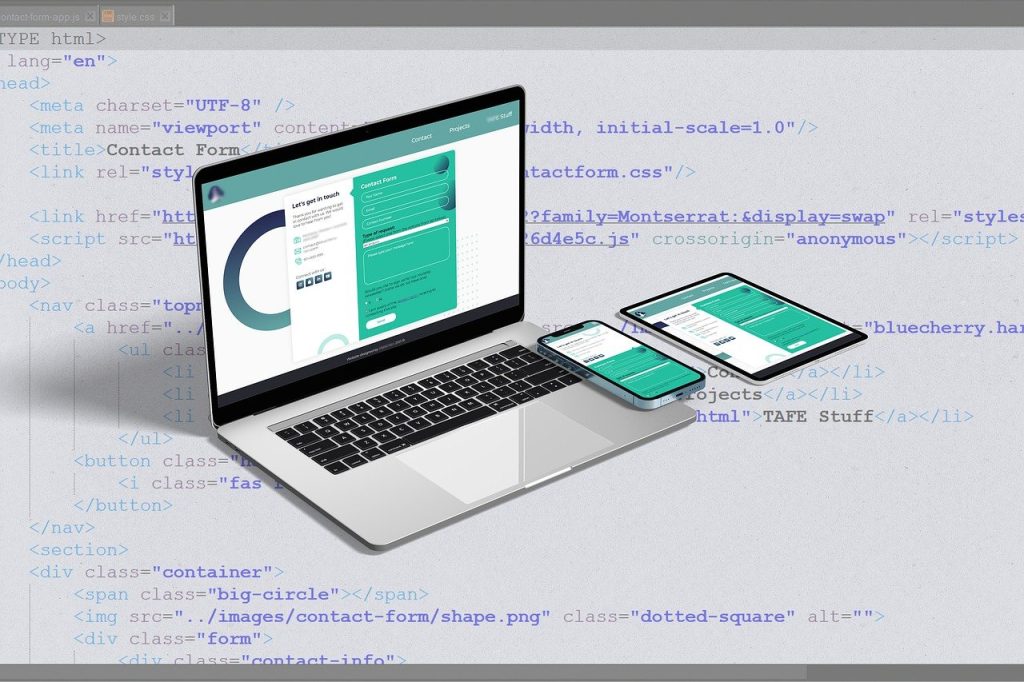Building Dynamic Mobile Applications with Flutter and ASP.NET MVC
In today’s rapidly evolving digital landscape, mobile applications have become an essential part of our lives. Developing efficient and visually appealing mobile apps requires the use of powerful frameworks and technologies. In this article, we will explore the combination of two such technologies – Flutter for the mobile front-end and ASP.NET MVC for the back-end. This potent duo enables developers to create dynamic and responsive mobile applications that cater to a wide range of user needs.
Understanding Flutter and ASP.NET MVC
Flutter: A Brief Overview
Flutter is an open-source UI software development toolkit developed by Google. It allows developers to create natively compiled applications for mobile, web, and desktop from a single codebase. Flutter’s unique feature is its widget-based architecture that facilitates building consistent and expressive UIs across platforms.
Flutter uses the Dart programming language, which offers a rich set of tools and libraries for developing mobile applications. The “hot reload” feature in Flutter significantly speeds up the development process by enabling developers to see changes in real-time without restarting the entire application.
ASP.NET MVC: An Overview
ASP.NET MVC (Model-View-Controller) is a web application framework developed by Microsoft. While primarily designed for web applications, it can also be used to create services for mobile applications. ASP.NET MVC follows the MVC architectural pattern, separating an application into three interconnected components: the Model (data and business logic), the View (user interface), and the Controller (handles user requests and controls application flow).
ASP.NET MVC provides a robust foundation for building dynamic and data-driven web and mobile applications. It is highly customizable and supports various data sources, making it a versatile choice for developing the back-end of mobile applications.
Integration of Flutter and ASP.NET MVC
Integrating Flutter and ASP.NET MVC allows developers to create a seamless connection between the mobile app’s front-end and the server-side logic. Here’s how the integration process works:
API Development: ASP.NET MVC can be used to develop RESTful APIs that expose the required data and functionalities to the Flutter app. These APIs serve as the bridge between the mobile app and the server, enabling data exchange and communication.
HTTP Requests: In Flutter, developers can make HTTP requests to the ASP.NET MVC APIs using packages like http or dio. These requests allow the mobile app to send and receive data from the server.
Data Serialization: ASP.NET MVC APIs typically return data in formats like JSON or XML. In Flutter, the received data can be deserialized and transformed into Dart objects using built-in serialization libraries.
State Management: Flutter provides various state management solutions, such as Provider, Bloc, or Riverpod. These mechanisms help manage the app's state and ensure that data from the ASP.NET MVC back-end is integrated smoothly into the UI.Benefits of Using Flutter with ASP.NET MVC
Code Reusability: By utilizing Flutter, developers can write a single codebase for both Android and iOS apps. This reduces development time, maintenance efforts, and potential discrepancies between platforms.
Rich UI Components: Flutter's widget-based architecture offers a plethora of customizable UI components that enable developers to create visually appealing and consistent user interfaces.
High Performance: Flutter's compiled nature and its use of the Dart language contribute to excellent app performance. Additionally, the "hot reload" feature speeds up the debugging and development process.
Strong Back-End: ASP.NET MVC's robust back-end capabilities ensure efficient data management, security, and scalability, making it an ideal partner for Flutter's front-end.
Modularity and Maintainability: The MVC pattern promotes code separation, making the application more modular and maintainable. Changes to one component (Model, View, or Controller) are less likely to impact the others.Use Cases for Flutter and ASP.NET MVC Integration
E-commerce Apps: Build dynamic and responsive e-commerce applications that seamlessly fetch product information, prices, and user accounts from the ASP.NET MVC back-end.
Social Networking Apps: Create social networking apps that require real-time data synchronization and interactions by leveraging Flutter's UI capabilities and ASP.NET MVC's data management.
Financial Apps: Develop secure financial apps that rely on ASP.NET MVC's robust security features for data protection while offering an engaging and user-friendly interface through Flutter.
Productivity Apps: Build productivity apps that sync user data across devices using ASP.NET MVC APIs and deliver a consistent experience through Flutter's cross-platform capabilities.The combination of Flutter and ASP.NET MVC presents a powerful solution for building modern and dynamic mobile applications. By utilizing Flutter’s expressive UI capabilities and ASP.NET MVC’s back-end strengths, developers can create apps that cater to diverse user needs, all while maintaining code reusability and a seamless user experience. Whether you’re developing e-commerce platforms, social networking apps, financial tools, or productivity solutions, this integration offers a solid foundation for crafting engaging and efficient mobile experiences.



